For some people, the Original Prusa SL1S SPEED might have a reputation as just a hobby machine that is only good for printing with basic, rather fragile materials, unsuitable for any technical use. Well, it’s about time to debunk this myth for good. The SL1S SPEED went through thorough testing with some of the professional Henkel Loctite resins, and it seems to be a perfect match! As a result of the official validation process, we now have three new supported resins that you can use to print either incredibly durable technical parts or super soft flexible models. Compared to the competition in the professional market, our printer offers a very cost-effective way to access these high-tech materials.
To be honest, we have wanted to showcase the full potential of the Original Prusa SL1S SPEED for quite some time already. That’s why we did some market research to find suitable technical materials. It is not that easy – resin manufacturers require rigorous testing to determine if a printer meets their standards, providing their customers with the highest quality. And so a long process started.
We reached out to the Henkel company and agreed with them to print a set of test models for each material. We did a lot of tweaking of the printing times and post-curing process and then gave the final results back to the Henkel company for evaluation. We got a report with their findings, then we tweaked the parameters again, and so on. We repeated this process back and forth until we found the ideal settings and detailed workflow recommendations.
Now you can find the Original Prusa SL1S SPEED on the Henkel webpage as a supported 3D printer for three of their materials. Two of those are now available on our e-shop. Below you can find a summary of the whole printing, washing, and curing setup for both resins. It can also be found on the Henkel webpage.
You may ask, what is so special about the SL1S SPEED that it can print these special resins, while for example, the SL1 can’t? Well, hypothetically, even the SL1 could work, but the combination of long exposure times and a shorter lifespan of the display makes it somewhat impractical. The SL1S SPEED, with its strong UV light source and monochromatic display with a long lifespan, is much more suitable.
Now, let’s finally describe the resin properties, so you can see what the fuss is about. 😉
LOCTITE® 3D 3843 HDT60 High Toughness black
Here we have an extremely durable and resistant material with excellent functional properties for engineering purposes. This resin comes with moderate temperature resistance (HDT 63 °C), high impact strength, and versatility for a broad range of applications. Furthermore, the Loctite 3D 3843 is UV-stable and resistant to various chemicals.
For this resin, the Original Prusa SL1S SPEED is part of a very small group of certified printers.
Printing and postprocessing
Before printing, we recommend double-checking the settings on the Henkel (Loctite) page.
- Build layer: 100 µm
- Exposure: 18 s
- CW1S washing cycle (1): 2 min in Cleaner C, quick drying with compressed air
- CW1S washing cycle (2): 2 min in Cleaner C, quick drying with compressed air
- CW1S washing cycle (3): 1 min in IPA, quick drying with compressed air
- Drying: 60 min at 22 °C
- CW1S curing: 2×15 min (flip and repeat)
- Build layer: 50 µm
- Exposure: 13 s
- CW1S washing cycle (1): 2 min in Cleaner C, quick drying with compressed air
- CW1S washing cycle (2): 2 min in Cleaner C, quick drying with compressed air
- CW1S washing cycle (3): 1 min in IPA, quick drying with compressed air
- Drying: 60 min at 22 °C
- CW1S curing: 2×15 min (flip and repeat)
Basic mechanical properties
- Tensile strength at break: 51 MPa
- HDT at 0.455 MPa: 63 °C
- IZOD Impact strength (Notched): 53 J/m
- Shore hardness: 75D
- Viscosity at 25°C: 720-870 cP
- Liquid Density: 1.07 g/cm³
Download the full technical datasheet here.
Best use
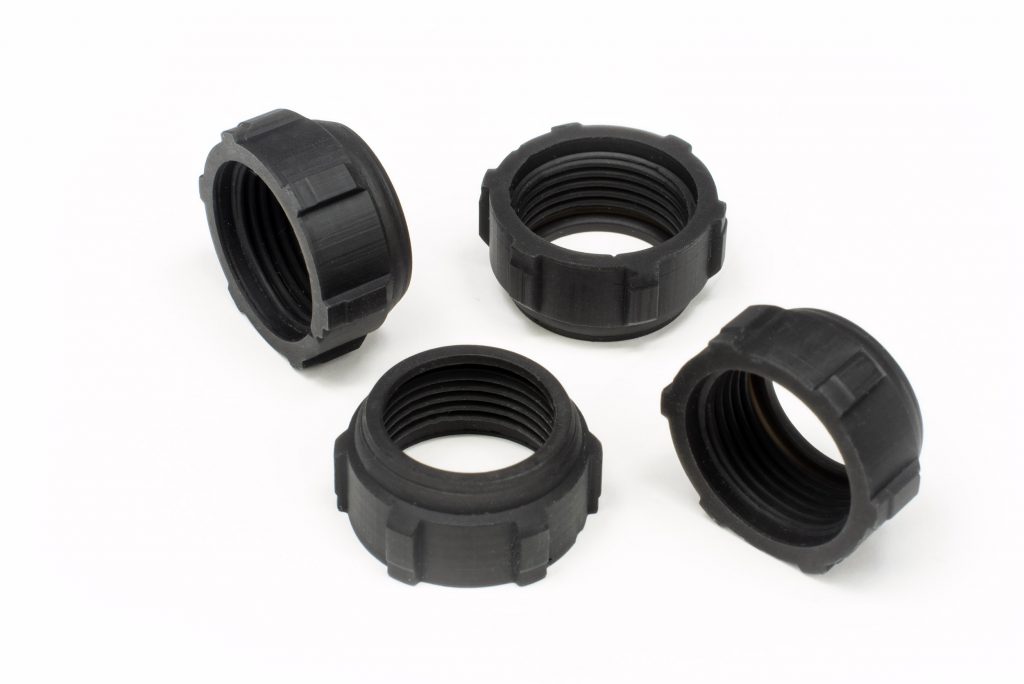 |
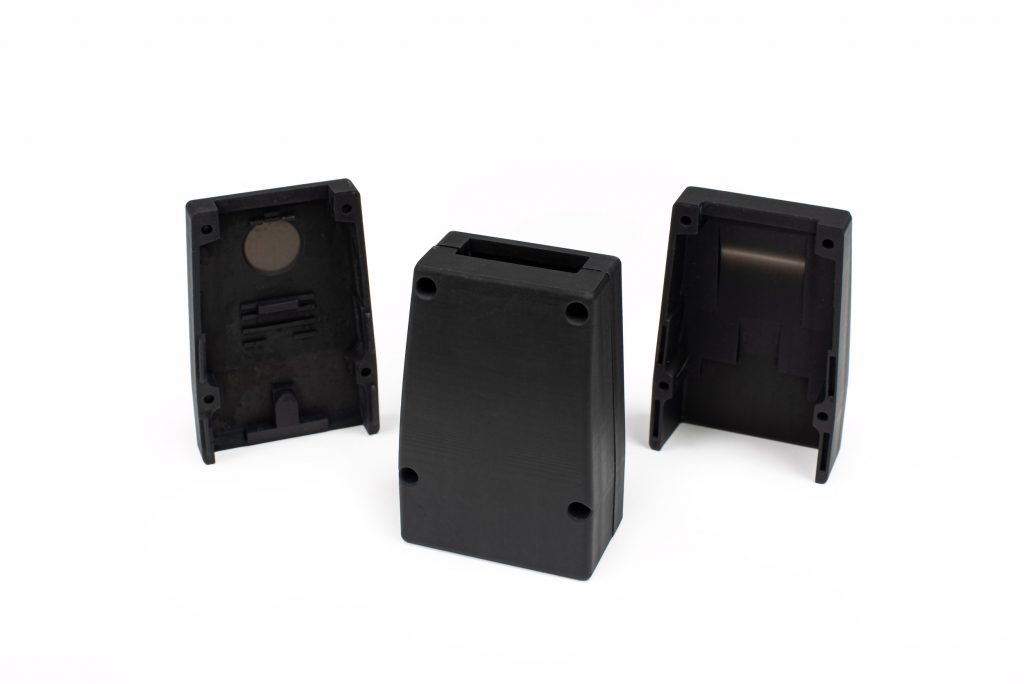 |
| Highly stressed moving parts | Housings and covers (Replacement for car buckles from Printables) |
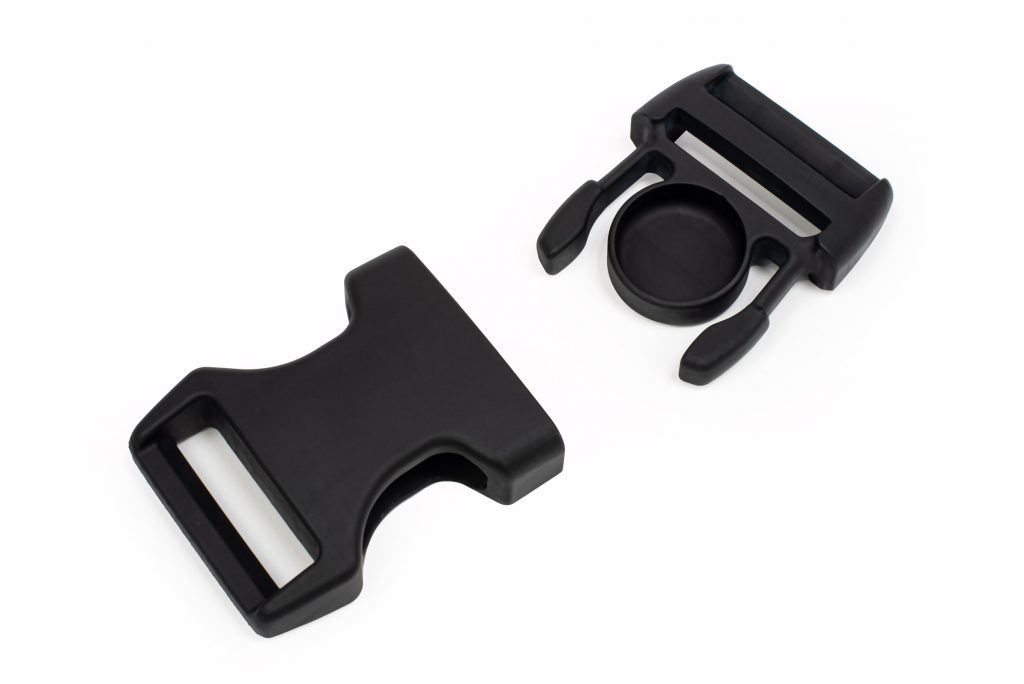 |
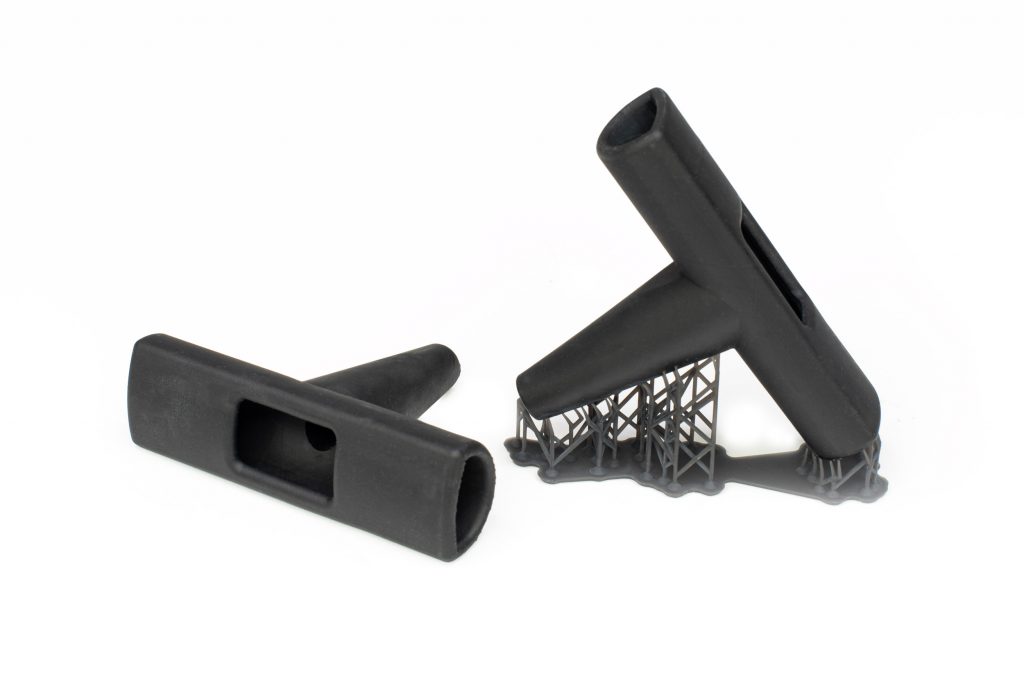 |
| Highly stressed functional parts (Duffle bag buckle from Printables) |
Manufacturing tools (Chainsaw handle from Printables) |
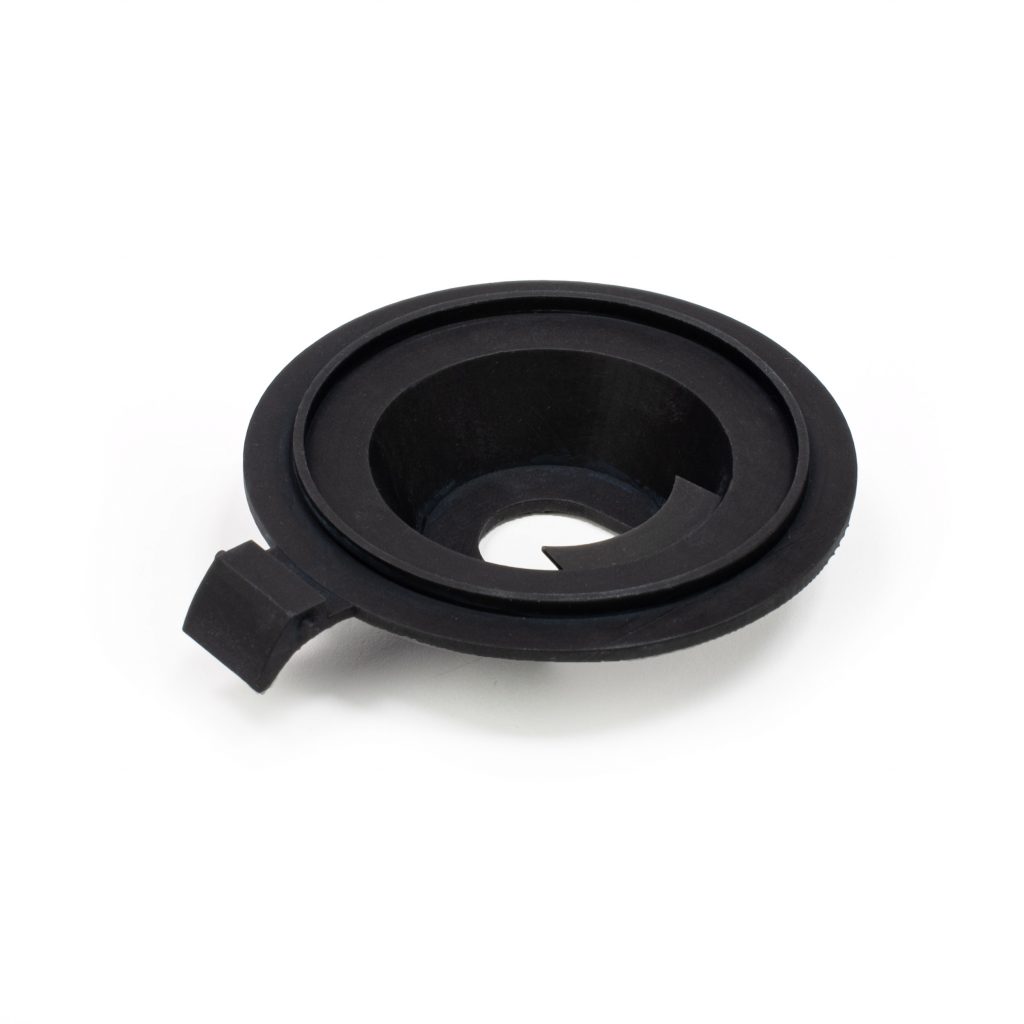 |
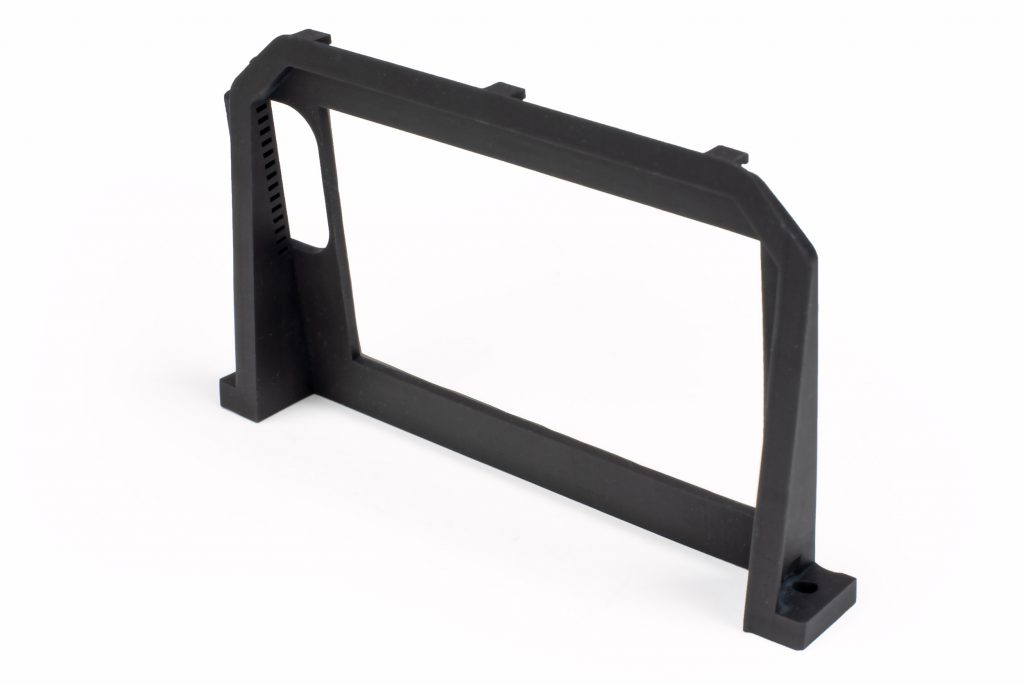 |
| Jigs and fixtures (Sowtech carafe lid from Printables) |
Durable frames |
LOCTITE® 3D IND475 A60 High Rebound white
The second resin is a flexible one, but not like others on the market. If you’ve printed with standard flexible resins, you may have noticed that they tend to rebound very slowly. The IND475, on the other hand, rebounds almost instantly and comes with much lower shore hardness. This means it acts like a rubber band or similar. Also, the material is very rigid and hard to tear apart – it is pretty much impossible to break under normal conditions. Our certification is valid for the white-colored variant.
The Original Prusa SL1S SPEED is one of the few certified printers on the market and the most cost-effective way to access this material.
Printing and postprocessing
Before printing, we recommend double-checking the settings on the Henkel (Loctite) page.
- Build layer: 100 µm
- Exposure: 6.5 s
- CW1S washing cycle (1): 10 min in Cleaner T (or TPM), quick drying with compressed air
- CW1S washing cycle (2): 5 min in IPA, quick drying with compressed air
- Drying: 60 min at 22 °C
- CW1S curing: 2×5 min (flip and repeat). Submerged in DI water.
- Talcum powder can be used to cover residual tackiness
- Build layer: 50 µm
- Exposure: 4 s
- CW1S washing cycle (1): 10 min in Cleaner T (or TPM), quick drying with compressed air
- CW1S washing cycle (2): 5 min in IPA, quick drying with compressed air
- Drying: 60 min at 22 °C
- CW1S curing: 2×5 min (flip and repeat). Submerged in DI water.
- Talcum powder can be used to cover residual tackiness
Basic mechanical properties
- Tensile strength at break: 3.1 MPa
- Tear Strength: 12.6 kN/m
- Shore hardness: 57A
- Viscosity at 25°C: 1.400 cP
- Liquid Density: 1.02 g/cm³
Download the full technical datasheet here.
Best use
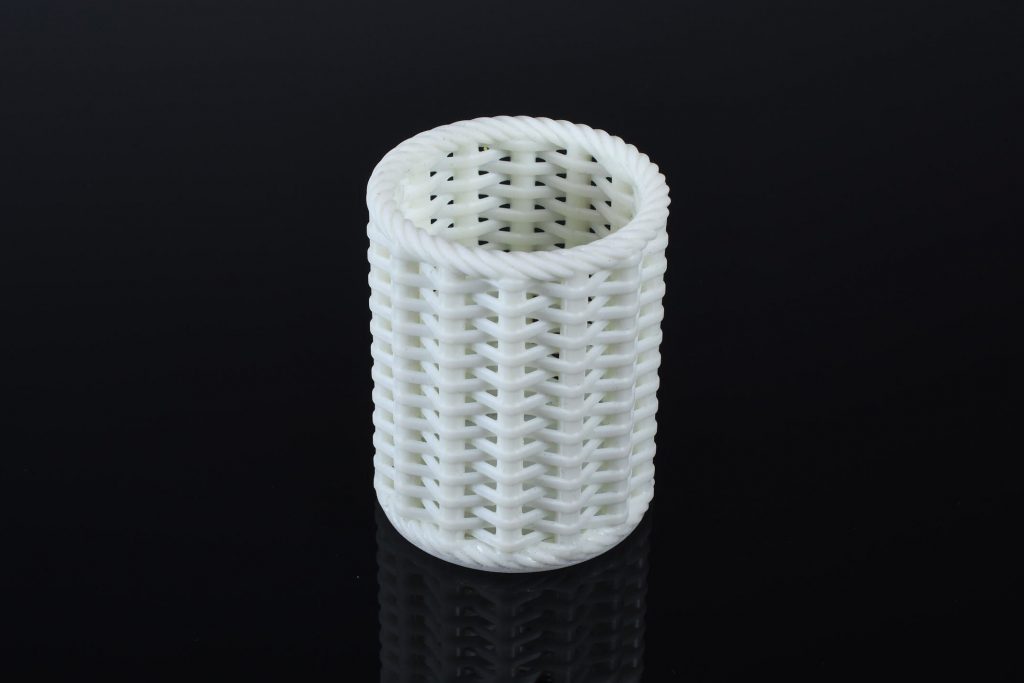 |
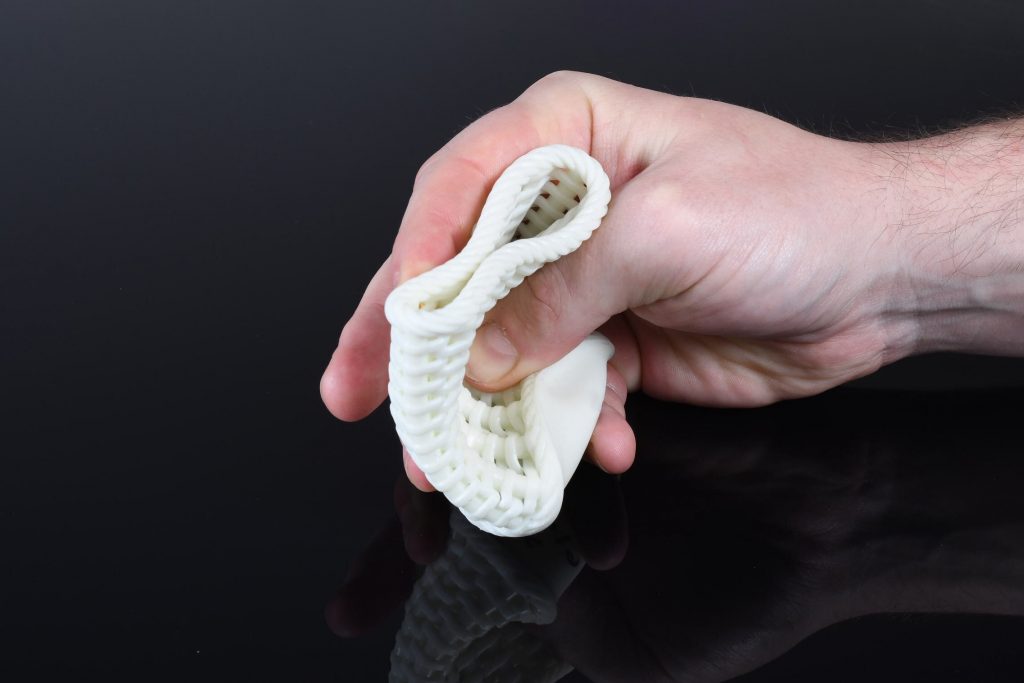 |
| Aesthetic models (Woven pencil holder from Printables) |
Aesthetic models (example of a squeezed part) |
 |
 |
| Flexible seals and housings (Window seal by our colleague, Jiří Novák) |
Detailed mechanical parts |
So what do you think about our new supported resins? We think that their physical properties are nearly breathtaking if compared to the regular resins on the market, even the so-called technical ones, often classified as “ABS-like”. We hope you’ll like them as we do!
Happy printing!






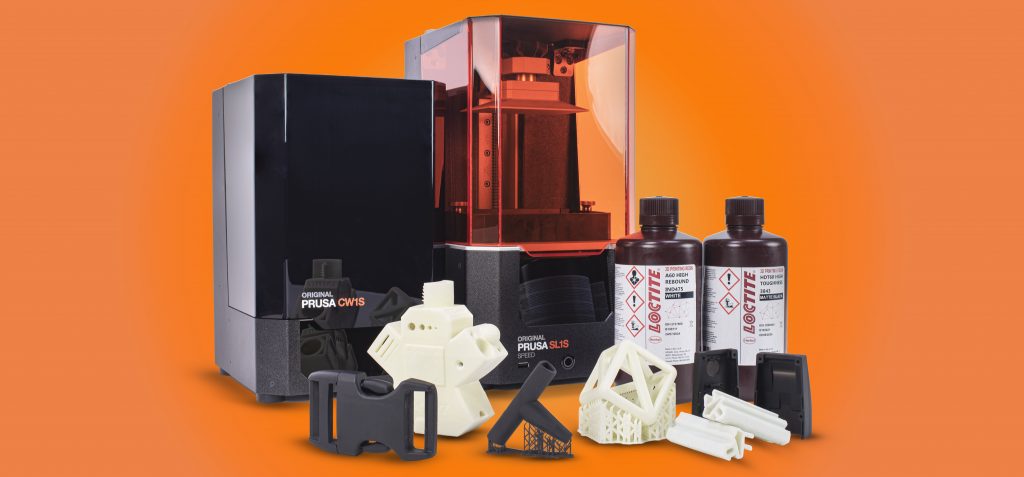
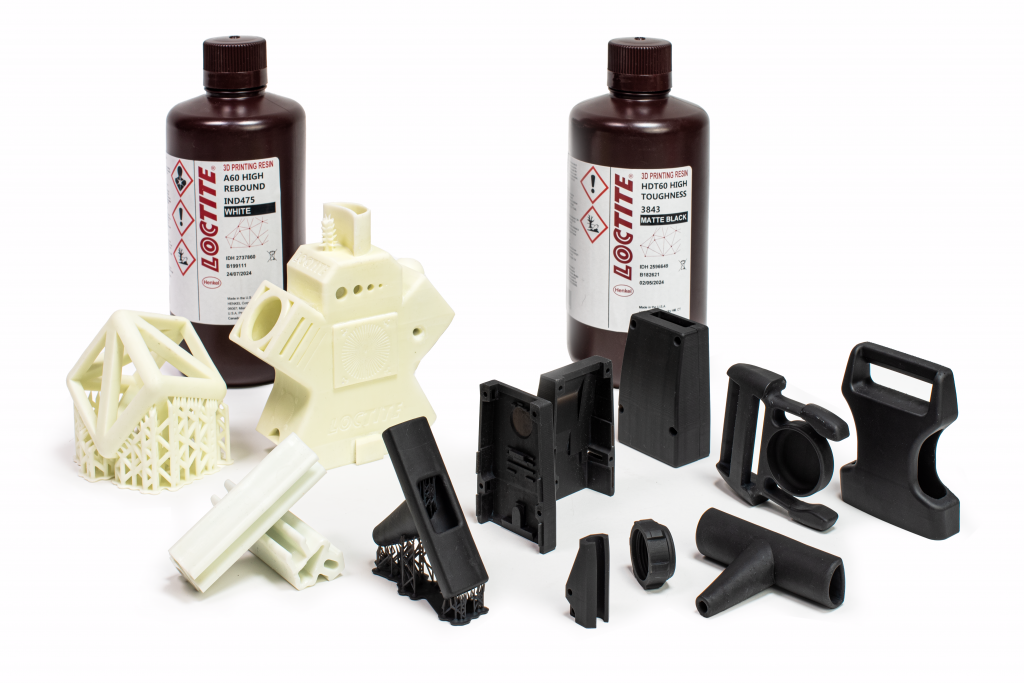
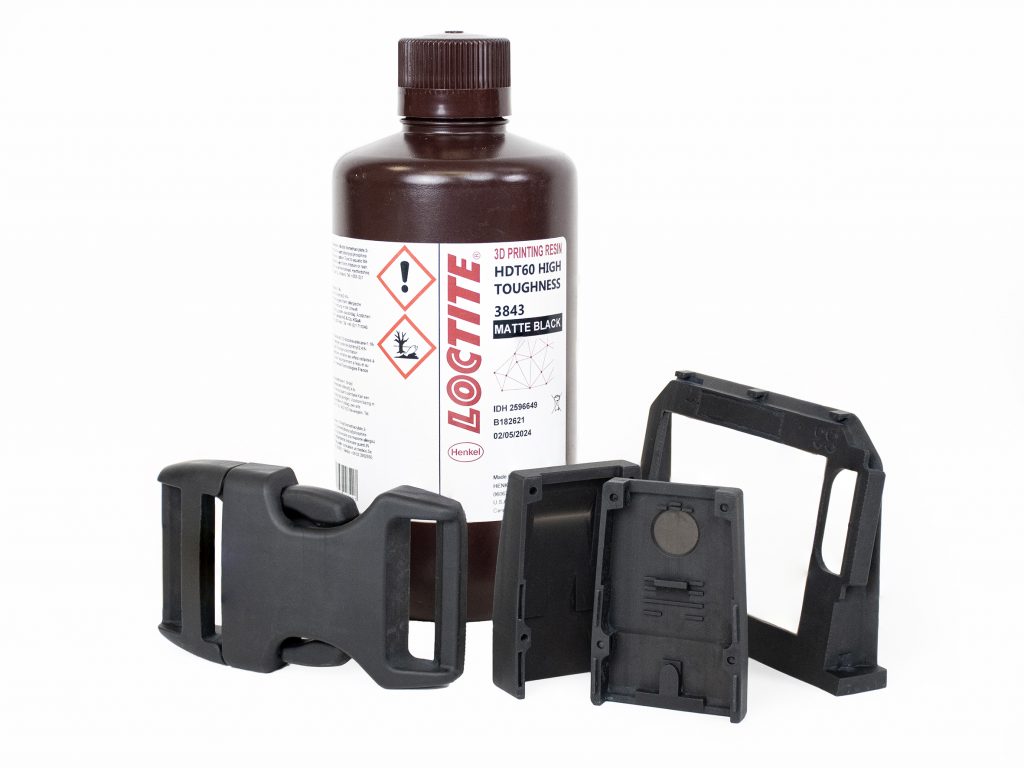
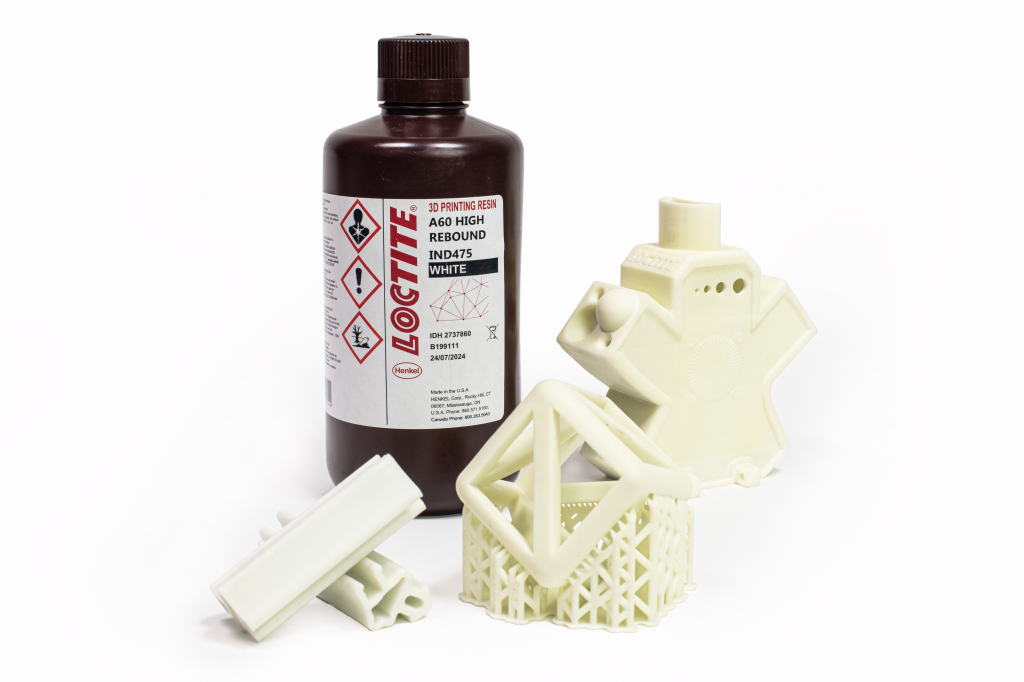
I am very impressed with this great idea of yours. It is the ideal mixture! We now have three more supported resins that you may use to print incredibly resilient engineering components or incredibly flexible models as a consequence of the rigorous validation procedure drive mad. I am really anticipating this project!
You can expect high-quality prints with little effort even without any prior 3D printing experience, just as Prusa's goal <a href="https://retrobowl-college.io">retro bowl college</a> is. lace the printer on a flat and stable surface. 2. Download and install updated firmware and software packages.
The tutorial provided for printing high-end technical resins on the Original Prusa SL1S SPEED is incredibly helpful and dispels any <a href="https://fnfgo.org">fnf</a> misconceptions about its capabilities.
Do you know what affects each person's [enneagram test](https://enneagram-test.io/) personality? It may be innate, but personality is also influenced by living environment, educational background, and family. And to check your personality type, the enneagram is a useful tool.
printing high-end technical resins on the Original Prusa SL1S SPEED is really a great idea. Will definitely implement it on other websites like